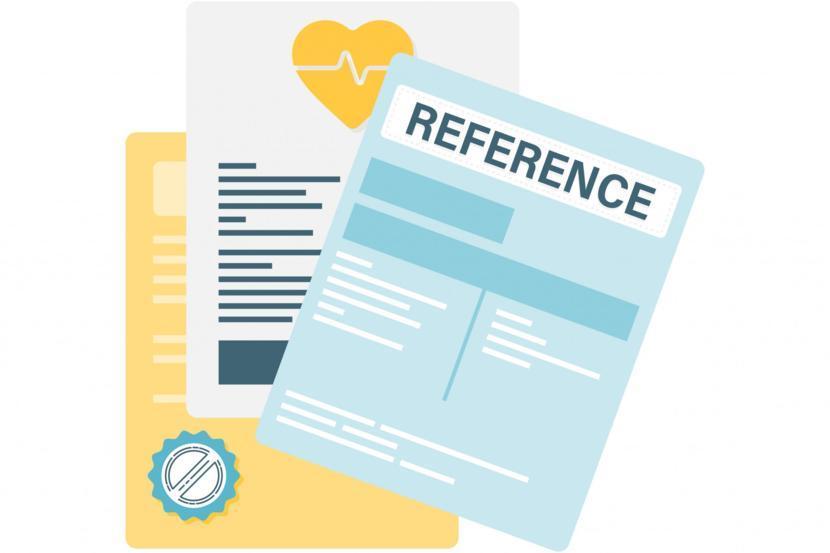Why fax is still used for medical reasons?

Neha Gurvinder is a top Medical Researcher in Enid, Oklahoma. With a passion for the field and an unwavering commitment to their specialty, Neha Gurvinder is an expert in changing the lives of their patients for the better. Through their designated cause and expertise in the field, Neha Gurvinder is a prime example... more
Fax. Just reading the word might trigger visions of clunky machines, screeching tones, and jammed paper. But in the age of AI, cloud storage, and instant messaging, fax refuses to die—especially in the medical field.
It’s easy to write off faxing as outdated. Yet across hospitals, clinics, pharmacies, and insurance providers, fax is not just surviving—it’s thriving. In fact, a 2024 report by the Office of the National Coordinator for Health IT (ONC) showed that nearly 70% of healthcare providers still rely on fax to transmit patient information. And there's a good reason.
This article explores why fax continues to dominate medical communication, how it's adapting to modern systems like GoHighLevel, and what this means for health tech and patient care.
Why Is Fax Still Alive in Healthcare?
1. HIPAA Compliance and Legal Safeguards
The biggest reason fax hasn’t been phased out in healthcare? Compliance.
The Health Insurance Portability and Accountability Act (HIPAA) requires that any method of transmitting Protected Health Information (PHI) must ensure security and privacy. Traditional email, SMS, and many online tools often fall short of this unless encrypted and verified.
Faxing—especially through secure, encrypted eFax solutions—meets HIPAA requirements because:
It sends data point-to-point, not through open internet channels.
It doesn't sit on third-party servers indefinitely.
It provides delivery confirmations and audit trails.
For healthcare professionals, this makes fax a legally safe choice in a litigious, compliance-heavy environment.









